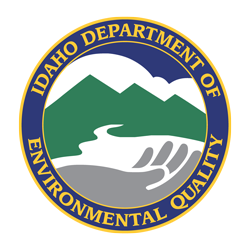Skip to main content
 Official Government Website
Official Government Website
 Official Government Website
Official Government WebsiteMENUMENU
Photo Credit
A view of Merriam Lake
Photo courtesy of Adam Bussan, DEQ Boise Regional Office.
Photo courtesy of Adam Bussan, DEQ Boise Regional Office.
ver: 3.5.2 | last updated:
Jump back to top of page button
